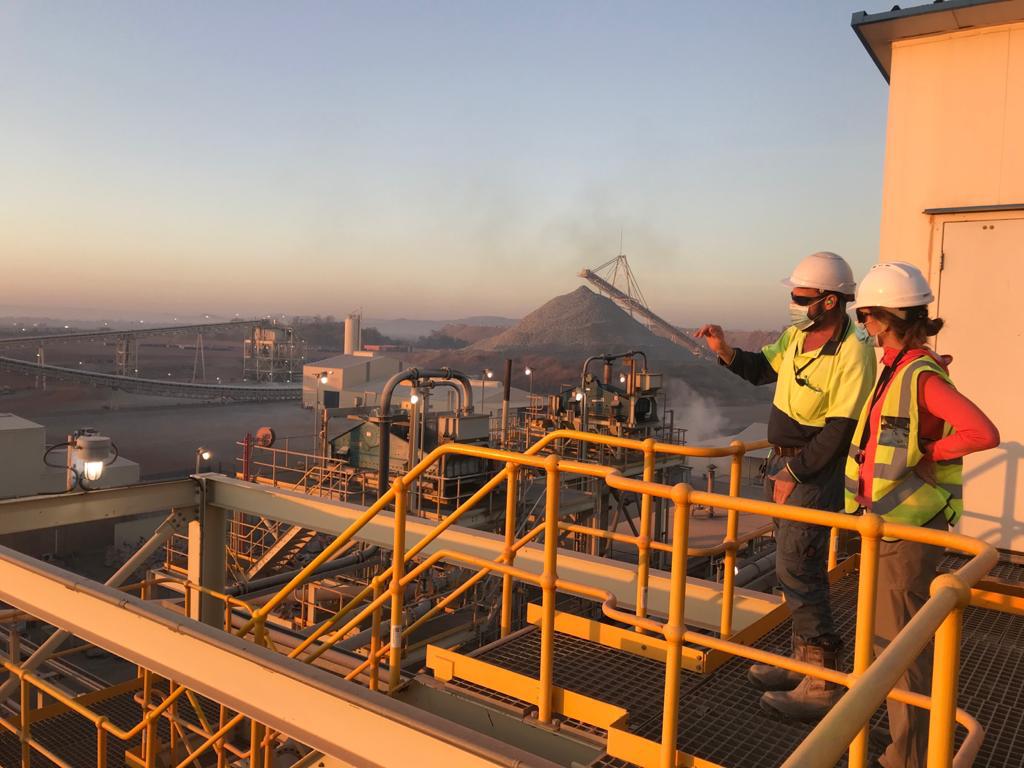The Delta variant of COVID-19 was first discovered in India in late 2020 and has since wreaked havoc around the world, resulting in exponential growth in communities and populations that previously had the virus under control.
While almost a quarter of the world’s population has received at least one dose of a COVID-19 vaccine, there are vast inequities in vaccine distribution and administration with the majority of vaccines administered in a small number of high-income countries. The general consensus currently is that full vaccination offers high levels of protection against severe disease and death for all variants of concern, including the Delta variant. The story is less clear for protection against infection and transmission, as well as mild-moderate disease.
So, what does all of this mean for the mining industry? It is undoubtedly problematic. But the overall message from Critical Care International (CCI) for operational sites round the world is to keep their guard up and to carry on doing what they have been doing for some time now. All is not lost.
The reason why the Delta variant is worrisome for the mining community is that even in countries in which vaccination rates are high, generally it is the younger population that will be the last to receive the vaccines, and this is the very same population that constitutes a large part of the mining workforce. The COVID-19 vaccines we are using have demonstrated outstanding effectiveness, far exceeding the requirements set by the WHO. However, no vaccine can be 100% effective and so with a population of workers on operational sites who are vulnerable to infection by this highly transmissible variant of the virus, it is likely that the virus will spread quickly through unvaccinated workers as well as affecting a smaller number of vaccinated workers.
Symptoms experienced by vaccinated individuals who are subsequently infected tend to be mild and self-limiting rather than the somewhat unpredictable nature of COVID-19 in the unvaccinated. Nevertheless, there are growing concerns about the long-term impact of COVID-19 – the so-called ‘Long COVID’ syndrome that is thought to affect 10-20% of all those infected – which seems not to differ based on the severity of initial infection.
Another reason the Delta variant is problematic for the extractive sector is because of governments’ response to the threat that it may pose. Were it not for the emergence and widespread circulation of the variant, for instance, it is likely that many of the travel restrictions still in place in many parts of the world would have been eased. This is likely to result in continuing disruption for migratory and expatriate workers rotating to and from operational sites. The legal obligation to quarantine after travel that still remains in place in a number of jurisdictions can also significantly complicate workforce planning and therefore lead to operational disruption on sites.
However, CCI assures that it certainly isn’t all doom and gloom. We have no particularly strong evidence that the Delta variant causes more severe infections than any other strain of the virus, and the vaccines are broadly effective against it. We know how to limit the spread of infection because we have been doing this for 18 months already, and none of that needs to change. The challenge for governments around the world will be how and when to consider easing restrictions given the polar dynamics of the Delta variant and the effect of an increasingly vaccinated population.
For miners, however, the single most effective intervention that can mitigate the impacts of the Delta variant is to be vaccinated, and employing organisations should now redouble efforts to encourage the uptake of vaccination by their employees once doses become available. Thankfully, COVID-19 has become a largely preventable disease in countries in which vaccination is widely available. Until the challenge of inequitable distribution of vaccines is solved, however, we will continue to see significant disruption to the mining community, both in terms of employee health and well-being, as well as operational performance.
